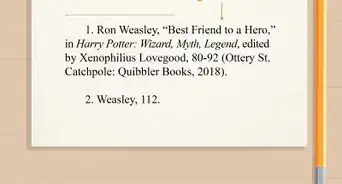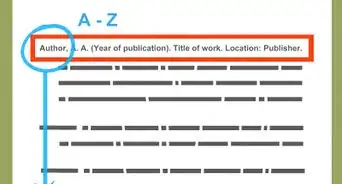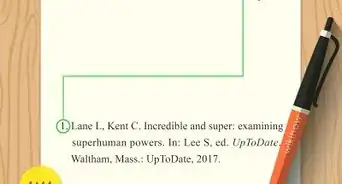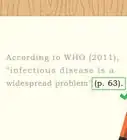This article was co-authored by wikiHow Staff. Our trained team of editors and researchers validate articles for accuracy and comprehensiveness. wikiHow's Content Management Team carefully monitors the work from our editorial staff to ensure that each article is backed by trusted research and meets our high quality standards.
There are 10 references cited in this article, which can be found at the bottom of the page.
This article has been viewed 38,948 times.
Learn more...
Whether you’re writing an essay about puppies or politics, you may need to cite a magazine article as a source. Depending upon the style guide assigned to you by your professor, there are different ways of formatting these citations. Some of the most common style guides are the MLA Handbook, the Chicago Manual of Style, the Turabian citation guide, and the APA style manual. Turabian is a version of the Chicago Manual of Style geared towards students, and citing a magazine article using the two style guides is the same.[1] By citing a magazine article using your guide’s rules, you can make it easy for your readers to read and understand your work!
Steps
Citing in MLA Style
-
1Write the author’s last name then first name. Write the article author’s last name followed by a comma, and then add the first name followed by a period.[2]
- For example: Jones, Sally.
- If there are multiple authors, list them alphabetically by last name following each with a period. For example: Jones, Sally. Yates, Richard.
-
2Write the title of the article after the author’s name. Use an open quotation, the title of the article, a period, and then a closed quotation to format the article title. The title is typically in title case, as it appears in the magazine.[3]
- For example: Jones, Sally. “Why Cats Are Great.”
Advertisement -
3Add the name of the publication after the article title. Italicize the name of the magazine or journal that your article appeared in. Follow that with a comma.[4]
- For example: Jones, Sally. “Why Cats Are Great.” Time,
-
4Write the date the article was published after the publication. Format the date as the day of the month, the month abbreviated to 3 letters followed by a period, and then the year, followed by a comma.[5]
- For example: Jones, Sally. “Why Cats Are Great.” Time, 15 Nov. 1995,
-
5Add the article’s page range after its publication date. Format the page numbers by writing pp followed by a period, and then write the page range also followed by a period.[6]
- For example: Jones, Sally. “Why Cats Are Great.” Time, 15 Nov. 1995, pp. 20-22.
- If you accessed this article in print, this is your full MLA magazine article citation!
-
6Add the database and URL after the page range. If you accessed the article digitally, write down the academic database where you found the article in italics followed by a comma. Then write the URL followed by a period and the date you accessed the materials. The date should be written as the word “Accessed,” the day of the month, the month abbreviated to 3 letters followed by a period, and then the year also followed by a period.[7]
- For example: Jones, Sally. “Why Cats Are Great.” Time, 15 Nov. 1995, pp. 20-22. Academic Search Premier, https://akin.css.edu/login?url=http://time.com/5024401/why-cats-are-great. Accessed 26 Mar. 2016.
- MLA assumes that you access all your online articles through academic databases to ensure they are of scholarly merit.
-
7Create an in-text citation, if needed. Cite a quote from the article in your essay with an in-text citation. Write the citation as an open parenthesis, the author’s last name, the page number, and then a closed parenthesis followed by a period. Place the in-text citation at the end of the line being quoted.[8]
- For example: I agree that “cats are the world’s smartest animals” (Jones 15).
- If you introduce the quote with the author’s name, simply put the page number in parentheses at the line’s end. For example: I agree with Jones that “cats are the world’s smartest animals” (15).
Citing in Chicago Style or Turabian
-
1Write the full name of the author followed by a comma. Write the first name of the author and then the last name, followed by a comma.[9]
- The style illustrated here is for footnotes and endnotes. Bibliography citations are addressed later in this method.
- For example: Max Smith,
- If you have multiple authors, list them alphabetically by last name using the same format. Separate each name with a comma, and use the word “and” before the final name. For example: Max Smith, James Yank, and Krista Zee,[10]
-
2Place the article title after the author’s name. Format the article title using an open quotation mark, the title, a comma, and then a closed quotation mark. Put the title of the piece in title case.[11]
- For example: Max Smith, “Why Geopolitics Matters,”
-
3Italicize the name of the publication after the article title. Put the name of the publication in title case and follow it with a comma.[12]
- For example: Max Smith, “Why Geopolitics Matters,” The American Conservative,
-
4Write the date the article was published after the publication name. Write the full name of the month, the day of the month, a comma, and then the year, followed by another comma.[13]
- For example: Max Smith, “Why Geopolitics Matters,” The American Conservative, May 6, 2015,
-
5Add the page number after the article’s publication date. Write the page number as a numeral or range of numerals followed by a period. So, “[first/only page]-[last page].”[14]
- For example, to cite one page: Max Smith, “Why Geopolitics Matters,” The American Conservative, May 6, 2015, 32.
- Or, to cite a range of pages: Max Smith, “Why Geopolitics Matters,” The American Conservative, May 6, 2015, 32-35.
- Unless you accessed the article online or in a database, this is the full citation.
-
6Include the URL or the database where you accessed the article. If you found your magazine article online or in an academic database, write that information after the article’s publication date. To accommodate the new information, the period following the date becomes a comma instead. Write the URL or database, and then add a period at the end of the citation.
- For example, in the case of a URL: Max Smith, “Why Geopolitics Matters,” The American Conservative, May 6, 2015, 32, http://www.theamericanconservative.com/articles/why-geopolitics-matters/.
- Or, in the case of a database: Max Smith, “Why Geopolitics Matters,” The American Conservative, May 6, 2015, 32, LexisNexis Academic.
- Chicago and Turabian only ask that you include either the URL or the database. You do not need to include both if you found the article in an academic database.
-
7Create secondary references, if needed. Use a secondary reference if you refer to the same magazine article citation multiple times. After the first full citation of the work, abbreviate subsequent citations to simply the author’s last name, a comma, the formatted title of the article, then the page numbers followed by a period.
- For example: Smith, “Why Geopolitics Matters,” 32.
- If your secondary reference is to a different page of an article that’s cited earlier, simply update the page number. For example, if your original citation cites page 32 of the Smith article, a secondary citation of pages 34-35 would look like this: Smith, “Why Geopolitics Matters,” 34-35.[15]
-
8Switch the first and last name for bibliography citations. If you’re creating a bibliography, write the last name of the author, a comma, the first name, and then a period. The rest of the citation flows the same as a footnote or endnote.[16]
- For example: Smith, Max. “Why Geopolitics Matters,” The American Conservative, May 6, 2015, 32.
Citing in APA Style
-
1Write the author’s last name followed by the first initial. Write the author’s last name, followed by a comma, and then add the first initial followed by a period. If the author has a middle name, make that an initial as well.[17]
- For example, Mike Mullins would become: Mullins, M.
- Mike Andrew Mullins III would become: Mullins, M. A., III.
-
2Write the date of the article’s publication in parentheses. Write an open parenthesis, the year of publication, a comma, the full month, and then the day of the month. End with a closing parenthesis followed by a period.[18]
- For example: Mullins, M. (1990, April 6).
-
3Add the name of the article after the publication date. Write the name of the article in sentence case with a capitalized first letter and the rest lowercase—other than proper nouns. Close that with a period.[19]
- For example: Mullins, M. (1990, April 6). Keeping up with James Jones.
-
4Italicize the name of the publication after the article title. Capitalize and italicize the name of the publication where the article you’re citing appeared. Follow that with a comma.[20]
- For example: For example: Mullins, M. (1990, April 6). Keeping up with James Jones. Time,
- The name of the publication should appear in title case if it is more than 1 word.
-
5Write the issue and page numbers of the article after the title. Write the issue number of the magazine where your article appeared in italics, followed by a comma. Then write the page range the article spans unitalicized, followed by a period.[21]
- For example: For example: Mullins, M. (1990, April 6). Keeping up with James Jones. Time, 134, 22-25.
- It’s not necessary to include a URL or digital reference when using this style guide. This is the finalized reference.
-
6Create an in-text citation if needed. Cite a quote from the article in your essay by using an in-text citation. Write the citation as an open parenthesis, the author’s last name, a comma, the year of publication, a comma, p. and then the page number, followed by a closed parenthesis and a period. Place the in-text citation immediately after the quotation being cited.[22]
- For example: He says, “Keeping up with James is a life’s work” (Mullins, 1990, p. 22).
- If you introduce the quote with the author’s name, include the publication year in parentheses after the name. Then, after the quote, put the p. and the page number in parentheses. For example: Mullins (1990) says that “keeping up with James is a life’s work” (p. 22).
References
- ↑ http://cmosshoptalk.com/2015/02/03/for-students-is-turabian-style-the-same-as-chicago-style/
- ↑ https://owl.english.purdue.edu/owl/resource/747/07/
- ↑ https://owl.english.purdue.edu/owl/resource/747/07/
- ↑ https://owl.english.purdue.edu/owl/resource/747/07/
- ↑ https://owl.english.purdue.edu/owl/resource/747/07/
- ↑ https://owl.english.purdue.edu/owl/resource/747/07/
- ↑ http://libguides.css.edu/c.php?g=41682&p=265034
- ↑ https://owl.english.purdue.edu/owl/resource/747/02/
- ↑ https://politics.ucsc.edu/undergraduate/chicago%20style%20guide.pdf
- ↑ http://www.chicagomanualofstyle.org/tools_citationguide/citation-guide-1.html
- ↑ http://www.chicagomanualofstyle.org/tools_citationguide/citation-guide-1.html
- ↑ http://www.chicagomanualofstyle.org/tools_citationguide/citation-guide-1.html
- ↑ http://www.chicagomanualofstyle.org/tools_citationguide/citation-guide-1.html
- ↑ http://www.chicagomanualofstyle.org/tools_citationguide/citation-guide-1.html
- ↑ http://www.press.uchicago.edu/books/turabian/turabian_citationguide.html
- ↑ https://politics.ucsc.edu/undergraduate/chicago%20style%20guide.pdf
- ↑ https://owl.english.purdue.edu/owl/resource/560/07/
- ↑ https://owl.english.purdue.edu/owl/resource/560/07/
- ↑ https://owl.english.purdue.edu/owl/resource/560/07/
- ↑ https://owl.english.purdue.edu/owl/resource/560/01/
- ↑ https://owl.english.purdue.edu/owl/resource/560/07/
- ↑ https://owl.english.purdue.edu/owl/resource/560/02/
About This Article
To cite a magazine article using MLA format, start by writing the article author’s last name, a comma, the author's first name, and end with a period. Next, write the title of the article, followed by a period, in quotation marks. Then, add the name of the magazine in italics and put a comma after it. Finally, write the day, month, and year the article was published, put a comma after it, add the article’s page range, and finish the citation with a period. For tips on formatting citations using APA or Chicago Manual of Style, read on!
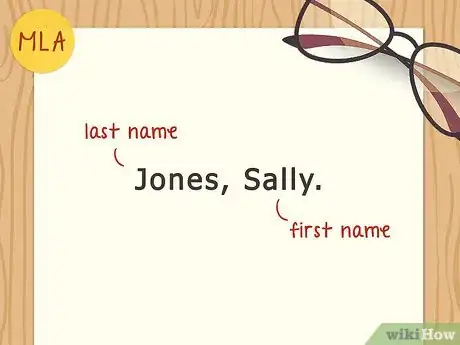

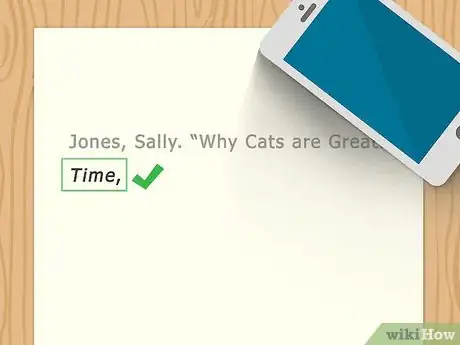
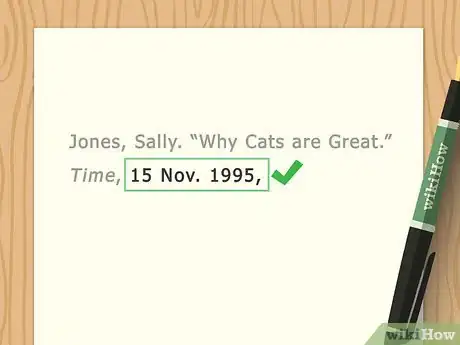
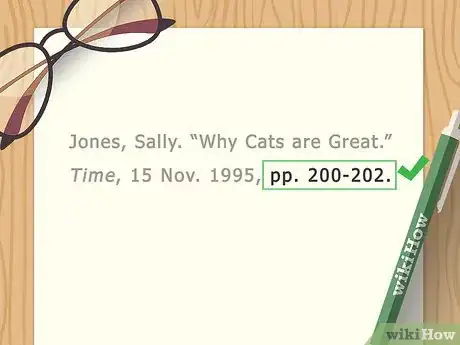
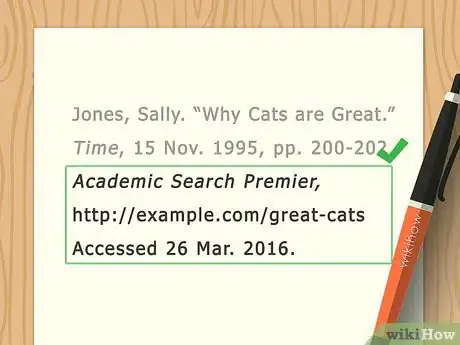
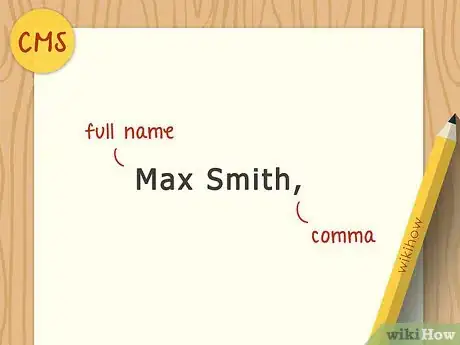


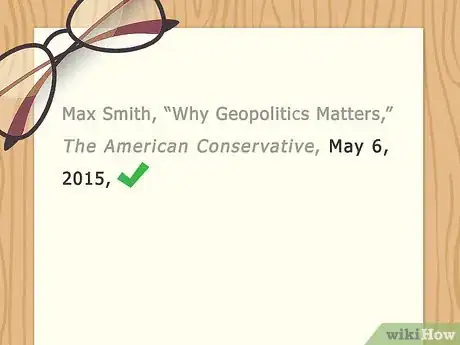
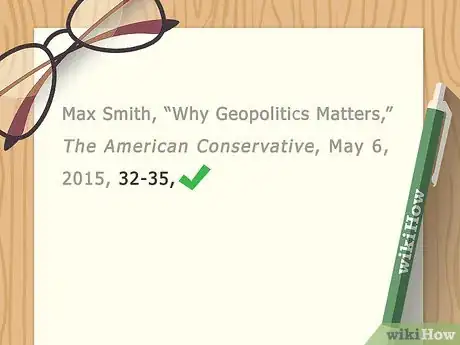
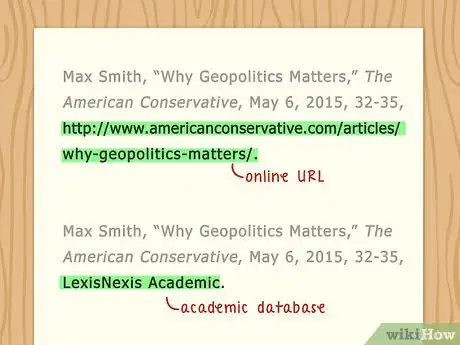
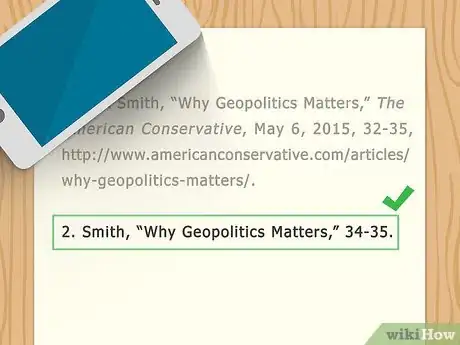
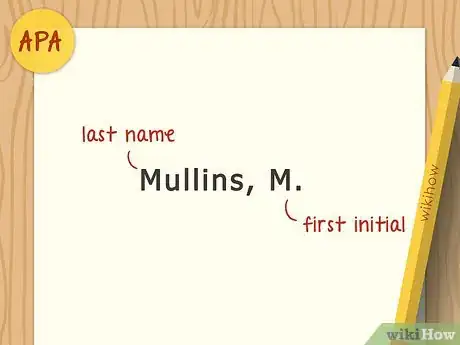
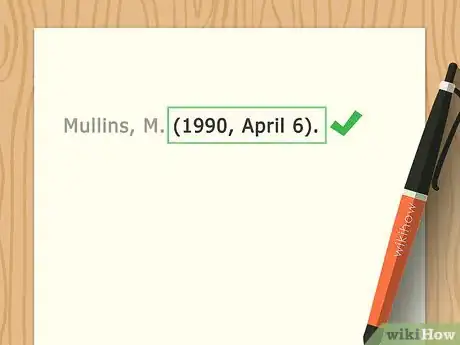
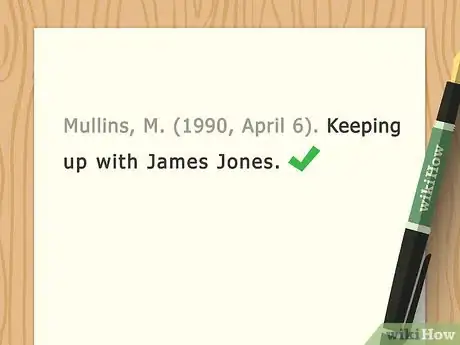

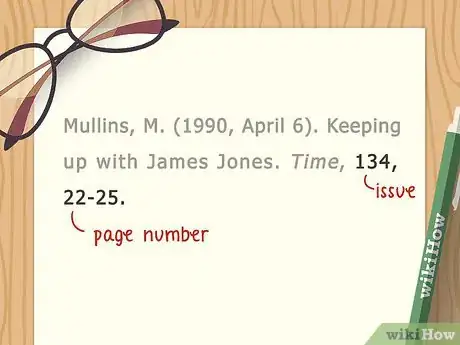

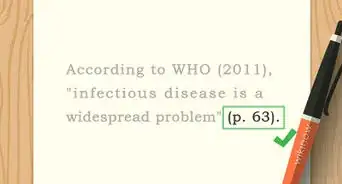

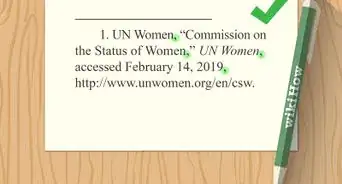
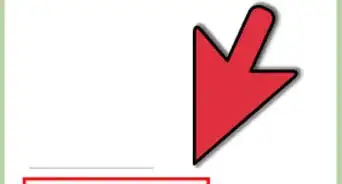


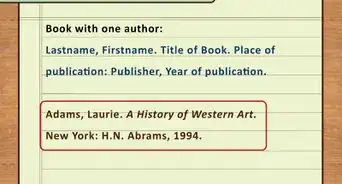


-Step-18.webp)
